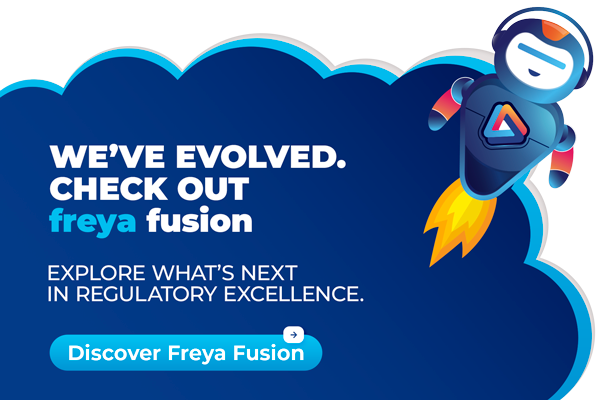
The regulatory landscape is changing. It is no longer just a static document describing what compliance is. Today, with an ever-increasing demand for regulators, vast amounts of data are to be collected and analyzed to ensure compliance. This sets up a unique problem: handling this "big data" effectively while maintaining robust regulatory document management.
The Big Data Deluge:
Drowning in Regulatory Information? On an average, according to a recent IBM report, regulatory organizations control more than 10 terabytes of regulatory data, specifically
- Transaction records estimated 30% growth annually by IDC: The volume of transaction data is continuously rising due to factors such as improved online transactions and the Internet of Things (IoT).
- Customer data (estimated to hit about 180 zettabytes globally by 2025 by Seagate): As businesses gather more and more customer data for customization and marketing purposes, the legal burden on ensuring the protection of this data also increases. Machine Learning Mastery tells us operational data is growing at 2.5 quintillion bytes per day. Thus, operational data involves everything from production logs to server activity. The volume of operational data is exploding with much more complex operations and also an increase in the level of automation of processes.
- According to Gartner, sensor data will reach 1.7 Mb/second per person by 2025: The number of connected devices in homes, offices, and factories is generating a tsunami of sensor data that regulators are going to be all but requiring organizations to monitor and analyse for compliance. Traditional DMSs will struggle with this deluge of data because they were designed to work with mostly static documents. Searching specific data points or identifying trends across regulations becomes a Herculean task, hindering efficient compliance efforts.
Striking the Balance
With effective RDM strategies in the big data era and fortunately, with the help of innovative technologies and best practices, this challenge can be overcome. Some of the potential strategies are outlined below:
- Harnessing the Power of AI and Machine Learning: AI and ML can be great allies in managing big data for RDM. Leveraging these technologies can do:
- Automating the extraction of data and its classification from multiple sources to ensure efficiency and effectiveness in the development and maintenance of documents.
- Analyze vast datasets to identify potential regulatory risks and areas for improvement: PWC reports that companies having applied AI to compliance have experienced a 30% drop in regulatory violations.
- Provide predictive analytics that predict the regulatory changes that are to come and the needs for data to support them.
- Integration is Key: To make the existing DMS collaborate with the big data analytics platforms. It paves the way for a smooth flow of information, making you able to:
- Perform an in-depth analysis of the regulatory data right within your documents.
- Generate reports and visualizations that may turn complicated data insights into executable regulatory compliance strategies.
- Data Governance for Trustworthy Insights: Quality data forms the backbone of informed decisions based on regulatory data. Implementation of data governance frameworks guarantees:
- Data accuracy and consistency among different sources.
- Clear accountability for data ownership and management.
- Well-defined processes for data access and security, both are fundamental in the current data-driven world.
The future of RDM
Embracing Big Data for better compliance See the flood of big data not as a burden, but as an opportunity for regulatory compliance when embraced with innovative technologies and robust practices in data management. In so doing, organizations can:
- Streamline RDM processes: Automation of the workflows and the AI analysis of tasks will save a lot of time and resources. Organizations that leverage AI for document management see a 40% reduction in the time used for processing.
- Gain deeper compliance insights: Analyze data to identify potential risks before they become problems, allowing proactive mitigation strategies.
- Demonstrate strong data governance: Prove that there is a commitment to regulatory compliance through a properly defined data management framework.
Bringing together traditional document management and big data analytics, the RDM approach is made holistic and fills an organization with the confidence to deal in a changing regulatory environment. If you're looking for an RDMS solution that offers end-to-end document management and monitoring that is built on GenAI, consider exploring Freyr rDMS software. It is designed to streamline your Regulatory document management processes while ensuring compliance at every step. A data-driven organization like Freyr Digital can achieve a future not just of compliance but proactive risk management. Contact us Today!
